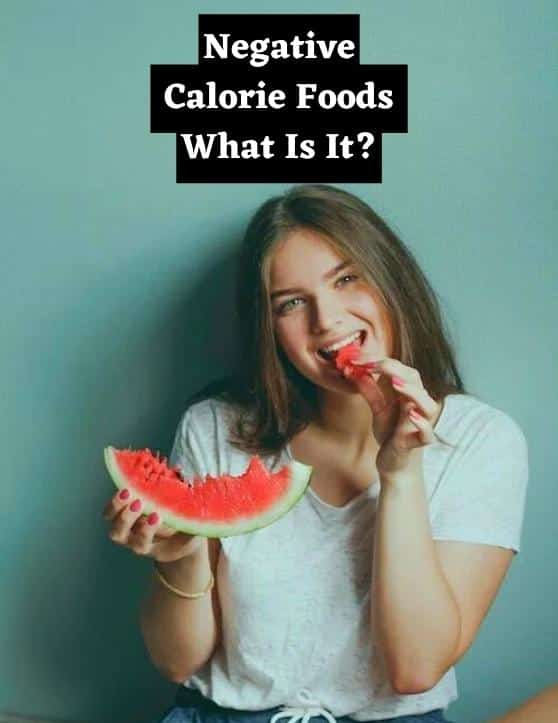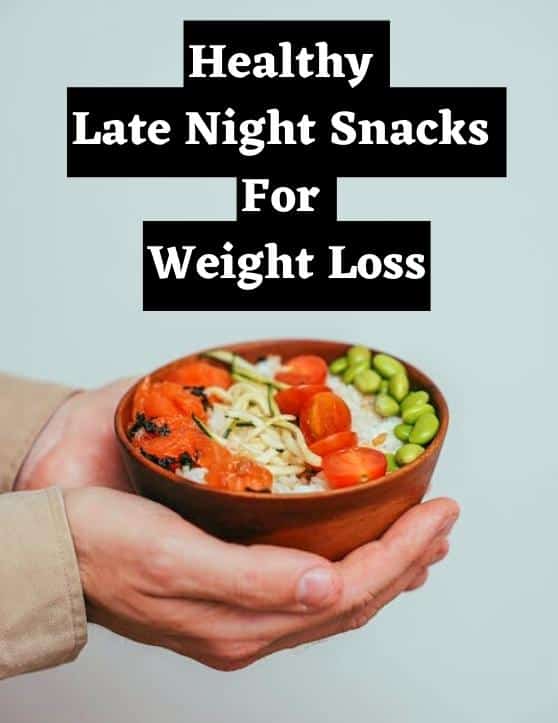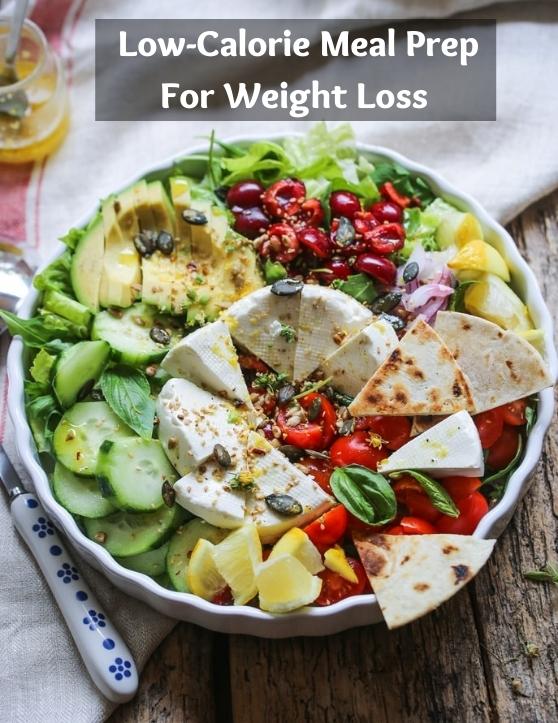Negative Calorie Foods: What Is It?
The idea of foods with negative calories is one of the most well-liked food trends that have recently captured everyone’s interest. This notion claims that eating as many of these items as you like would prevent you from gaining weight because doing so burns more calories during digestion than the food itself, negating the calorie addition. Your body burns more calories than you ingest. This does not imply that these negative calorie foods do not contain calories.
But does this theory work? Do negative-calorie foods exist? Let’s unwind to see what it means.
What Does Negative Calorie Food Mean?
The “negative calorie” food hypothesis is that the body expends energy when processing and digesting meals. According to the notion, some foods make you burn off more calories than they do. Thus, negative calorie foods need more energy for digestion than they provide the body with in terms of energy.
Celery, cabbage, garlic, and leafy greens are examples of foods with negative calories; all of these items contain very few calories, to begin with. These foods often have a low glycemic index and high fiber content.
How Does Negative Calorie Food Work?
Everything we eat contains calories, which are a crucial element of food. Calories are divided into two groups: negative and empty calories. Empty calories are those that, when consumed, such as fast food and refined sugar, provide a huge number of calories. These don’t provide any nutrients.
The negative calories come from nutrient-dense, low-calorie foods. These foods supply your body with less energy than they take to digest and process. Negative-calorie fruits and vegetables are frequently marketed as having high water content and minimal calories.
You may incorporate these negative calorie foods in your diet to lose weight because your body needs a certain number of calories to maintain and produce energy.
Negative Calorie Foods List
Typically, foods containing a lot of fiber and water have fewer calories, and we expend more energy to digest them. These foods with negative calories support weight loss because they help the body burn more calories than other foods while simultaneously being low in calories. Most foods with negative calories are water-rich fruits and vegetables.
- Celery: Contains 16 calories per 100 g. It has lots of fiber and is a good source of A, C, and folate. It is one of the most commonly eaten foods since most calories are contained in cellulose. Because celery has a lot of indigestible fiber, it provides our bodies with few calories.
- Carrots: Contains 41 calories per 100 g. They are a fantastic source of vitamin A for the eyes. Additionally, their fiber keeps the stomach quenched for longer, aiding in weight loss.
- Cucumber: Contains 15 calories per 100 g. This vegetable is ideal for quenching thirst with high water content and all the essential vitamins and minerals. Cucumbers are an excellent source of hydration due to their high water content. This fruit satisfies thirst and aids in treating diabetes and irritable bowel syndrome by providing nutritional fiber.
- Apples: Each 100g of apples has 52 calories. They provide significant levels of fiber, vitamin C, and antioxidants. Apples’ high fiber content promotes both weight loss and cognitive performance. The antioxidant quercetin in apples has also been linked to a decreased incidence of type 2 diabetes.
- Berries: Vibrant berries like blueberries, strawberries, and raspberries often only have 32 calories per half cup. They are sometimes referred to as “negative-calorie foods” due to their high protein content and low glycemic index. Additionally, it contains antioxidants, which defend against certain malignancies.
- Zucchini: Contains 17 calories per 100 grams. It is a great source of antioxidants, vitamins, and minerals. It is high in fiber and low in calories. The digestive process benefits from the fiber. The antioxidant zeaxanthin in zucchini is crucial for reducing oxidative stress and promoting eye health.
- Tomatoes: A great source of fiber, potassium, and vitamin C, in addition to their high water content. Additionally, lycopene, an antioxidant that helps prevent skin cancer, is found in tomatoes.
- Watermelon: The rind of the watermelon is hydrating, helps to strengthen the heart, and lowers blood pressure. Watermelon seeds also provide many health advantages, ranging from abilities to strengthen the immune system to anemia prevention. It also contains vitamins A, B6, C, and lycopene and strengthens the immune system.
- Broccoli: Contains 34 calories per 100 grams. Broccoli is a potent source of vitamin A that enhances vision. Iron and folic acid serve to avoid anemia. At the same time, the presence of calcium, phosphorus, and vitamin K is crucial for developing healthy bones. Broccoli contains the flavonoid kaempferol, which has anti-inflammatory properties. Broccoli is also a good source of alpha-linolenic acid (ALA), which is crucial for the growth and development of the brain.
- Lettuce: Lettuce has 15 calories per 100 grams. Its calcium concentration and vitamin C, K, and A help improve immunity. In addition to assisting with weight loss, lettuce’s high fiber content has been linked to heart and eye health.
Summing Up
Even with foods with negative calories, the energy required to chew, digest, and assimilate food is likely only a small portion of the food’s calories. Despite not having negative calories, a lot of fruits and vegetables are packed with low calories and high nutrients. Numerous low-calorie protein sources are also rich in additional nutrients.
The best approach is to eat various nutrient-dense whole meals and add antioxidants in your diet that can support your overall health, including those that support healthy body weight, rather than focusing on a small list of purportedly low-calorie foods.
References
https://www.lifegate.com/losing-weight-eating
https://www.henryford.com/blog/2021/08/is-there-really-a-such-thing-as-a-negative-calorie-food
https://www.sciencealert.com/this-holiday-season-don-t-burden-yourself-with-the-nonsense-of-zero-calorie-foods
https://www.healthshots.com/healthy-eating/nutrition/10-negative-calorie-foods-and-how-do-they-impact-weight-loss/
https://www.medicalnewstoday.com/articles/negative-calorie-foods
https://en.wikipedia.org/wiki/Negative-calorie_food
https://www.healthline.com/nutrition/zero-calorie-foods
https://www.healthline.com/nutrition/negative-calorie-foods
https://food.ndtv.com/food-drinks/11-foods-that-burn-more-calories-than-they-contain-1679965







